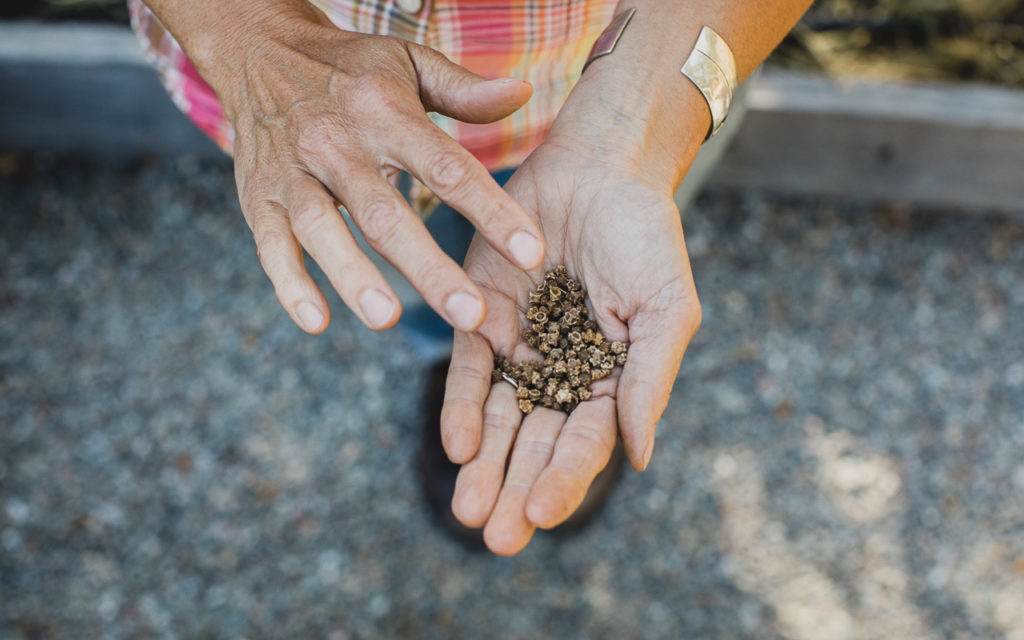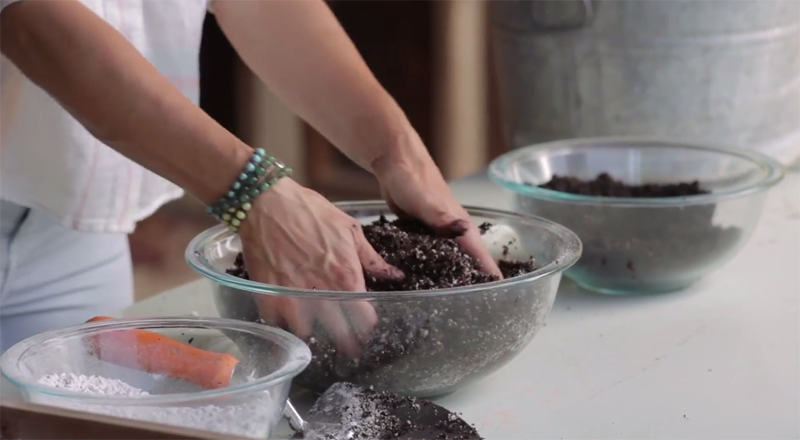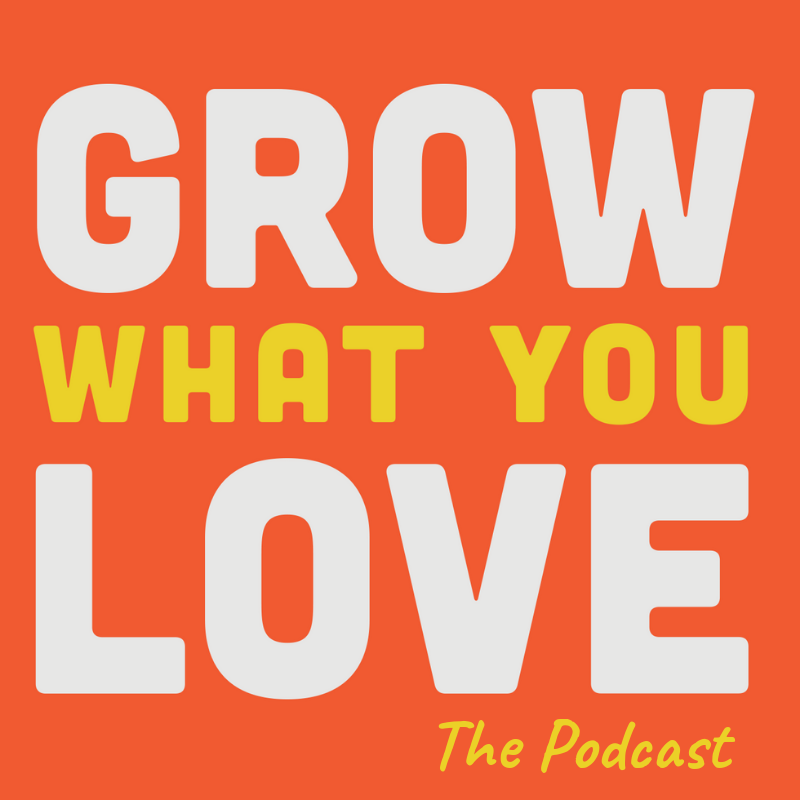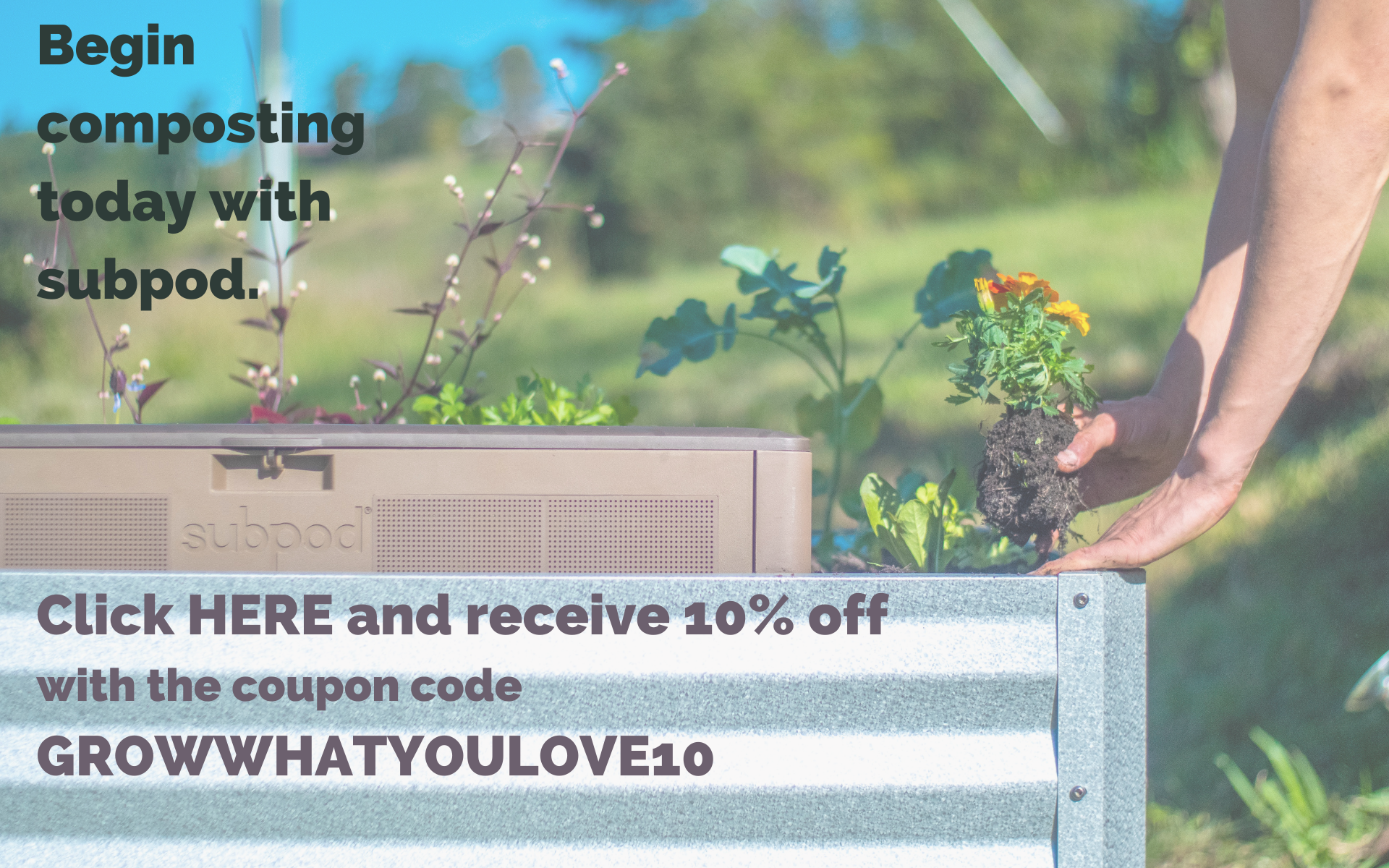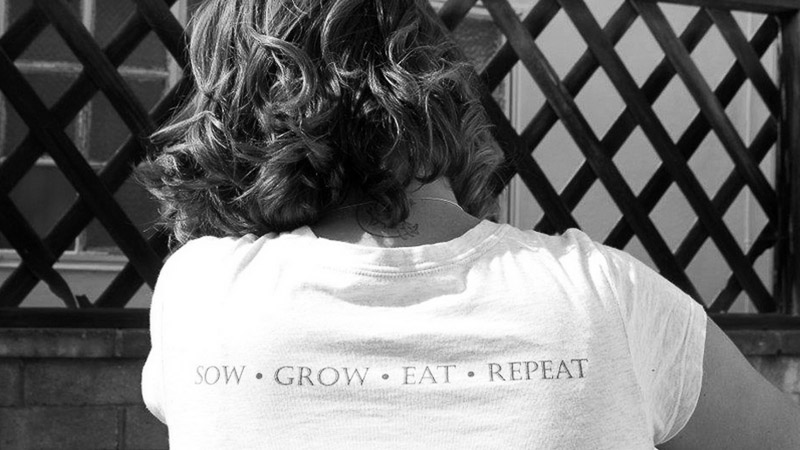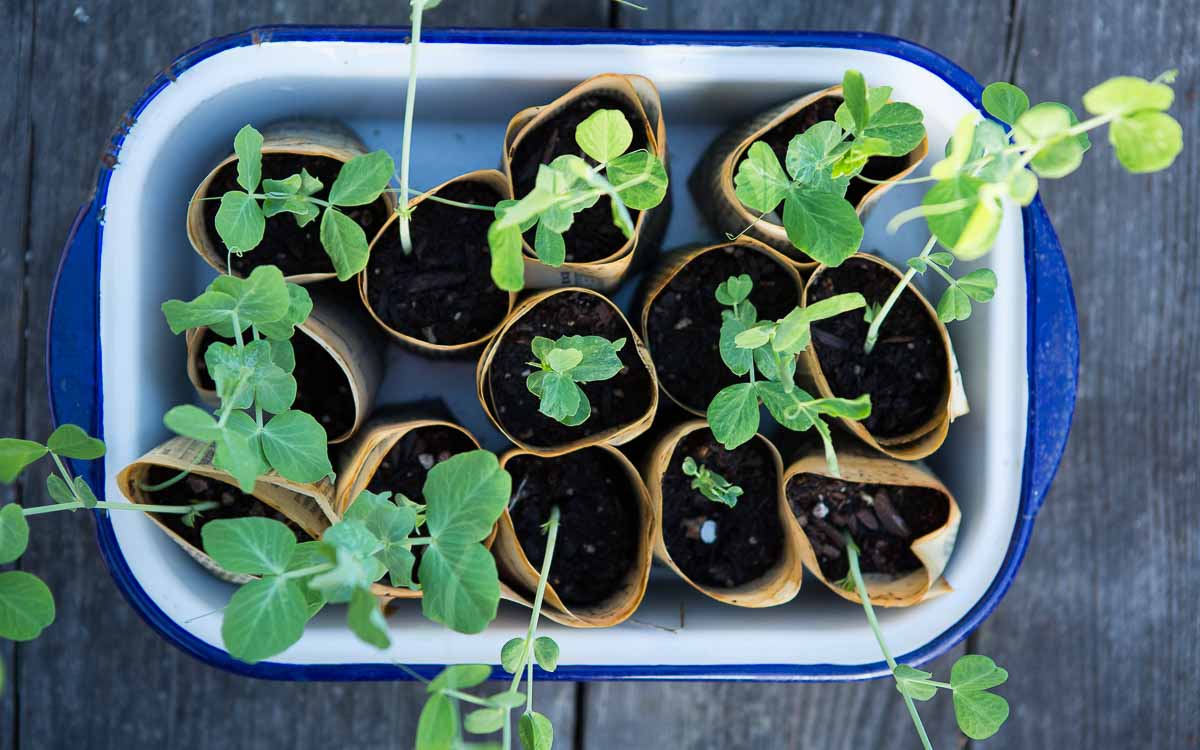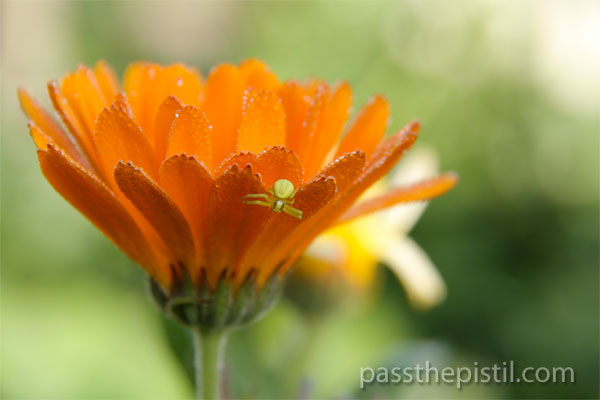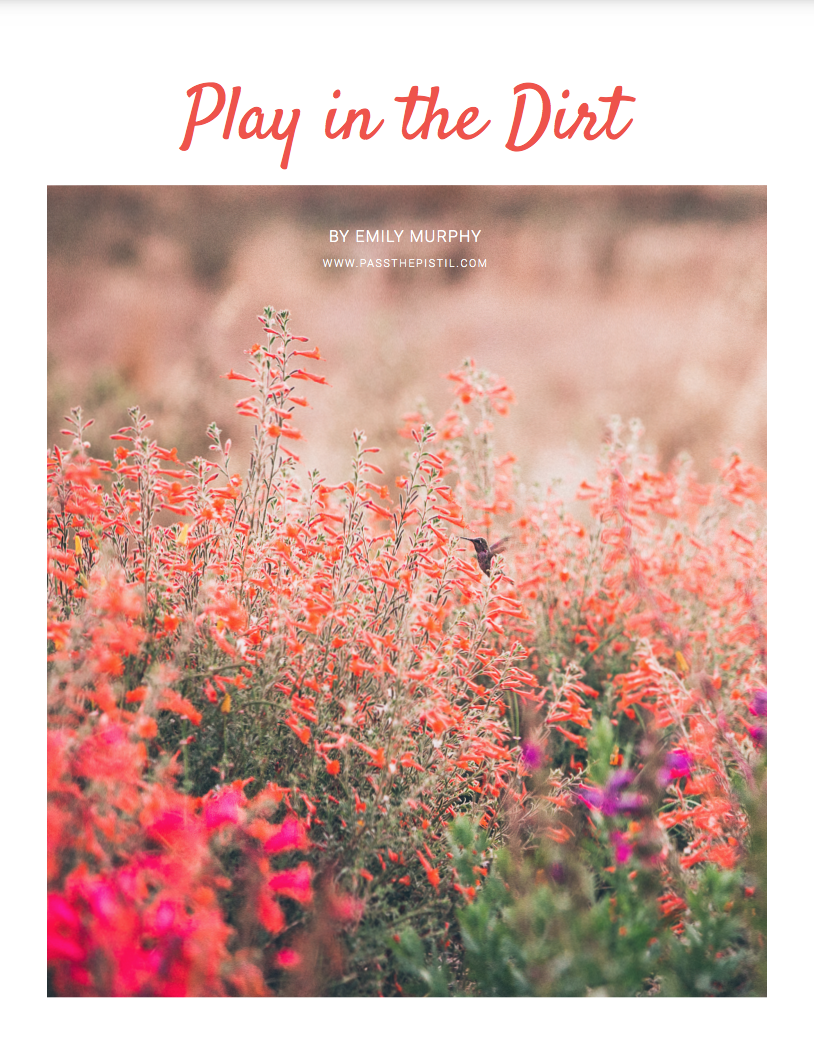Superfoods: Grow & Eat a Rainbow of Colors

 Superfoods straight from the garden?
Superfoods straight from the garden?
Yes! Grow a rainbow of colors with amazing health benefits and choose from varieties you commonly find in your favorite recipes.
We typically equate superfoods with more exotic edibles like goji or acai berries, but there are many kitchen garden vegetables that double as essential, everyday ingredients and nutritional powerhouses. Vegetables like carrots, kale, tomatoes, chard, blueberries, beets, and summer squash are loaded with a unique range of powerful vitamins, minerals, antioxidants, and phytochemicals. If we select plants to grow and eat with a range of colors in mind, we’re automatically filling our plates and pantries with a vital range of nutritionally rich foods.
It’s also true that the fresher the fruits and vegetables you eat, the higher their nutritional value. In fact, research at UC Davis in California shows that nutrient degradation occurs the longer produce is stored — another reason to grow at least some of your own food and buy from local farmers.
What Are Phytochemicals?
Most of us are familiar with antioxidants naturally occurring in fruits and vegetables like vitamin A and C, but what are phytochemicals? Phytochemicals are naturally occurring chemicals created and used by plants to assist with growth and protect against pathogens, predators, and competitors. At a basic level phytochemicals, can be recognized by qualities such as fragrance, flavor, and color. What’s wonderful is, many of these chemicals are good for us too.
According to the American Institute of Cancer Research, phytochemicals can improve health in a number of ways, some of which include preventing DNA damage, stimulating immune function, improving heart health, and reducing inflammation. Growing and cooking with fruits and vegetables with a range of colors ensures we include a little bit from each of these important phytochemicals along with essential vitamins, minerals, and antioxidants.
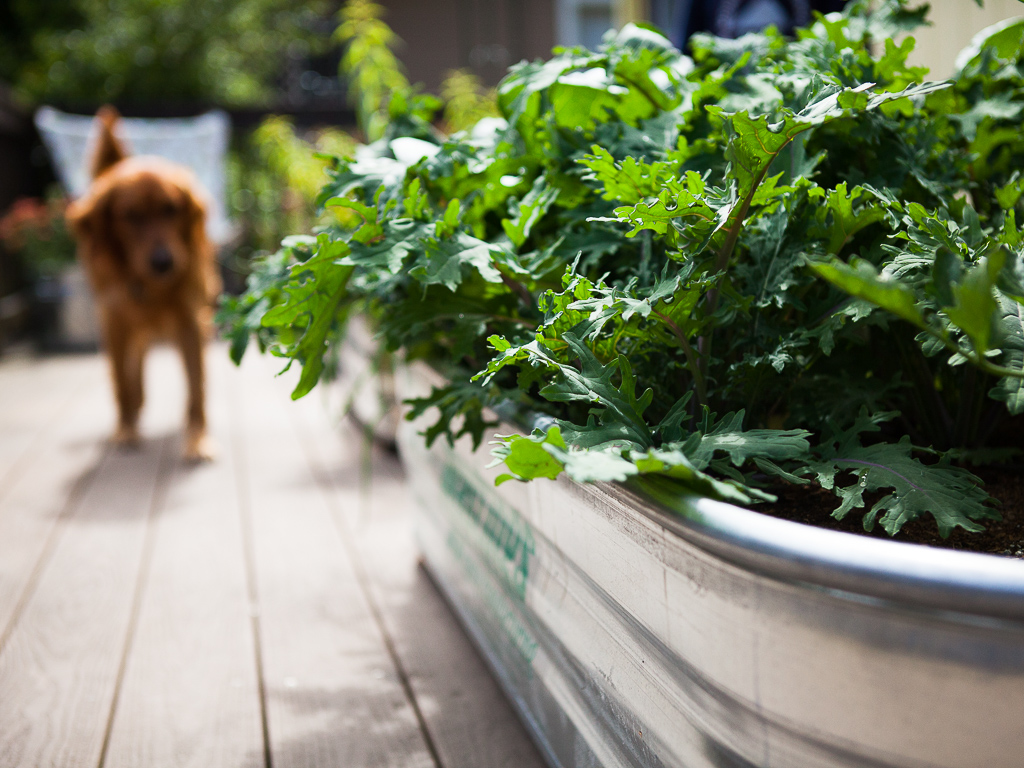 Green Fruits & Veggies
Green Fruits & Veggies
Green veggies are loaded with chlorophyll along with a hosts of important nutrients. Chlorophyll is a key antioxidant that helps reduce risk of cancer and protect against carcinogens. Green fruits and vegetables are also high in core essential vitamins and minerals, especially vitamin K, and leafy greens like kale have even been found to improve mood.
A Few Green Foods to Grow
- Kale
- Parsley
- Cilantro
- Rosemary
- Thyme
- Basil
- Chervil
- Sage
- Spinach
- Green beans
- Snap peas
- Lettuces
- Zucchini
- Swiss Chard
- Asparagus
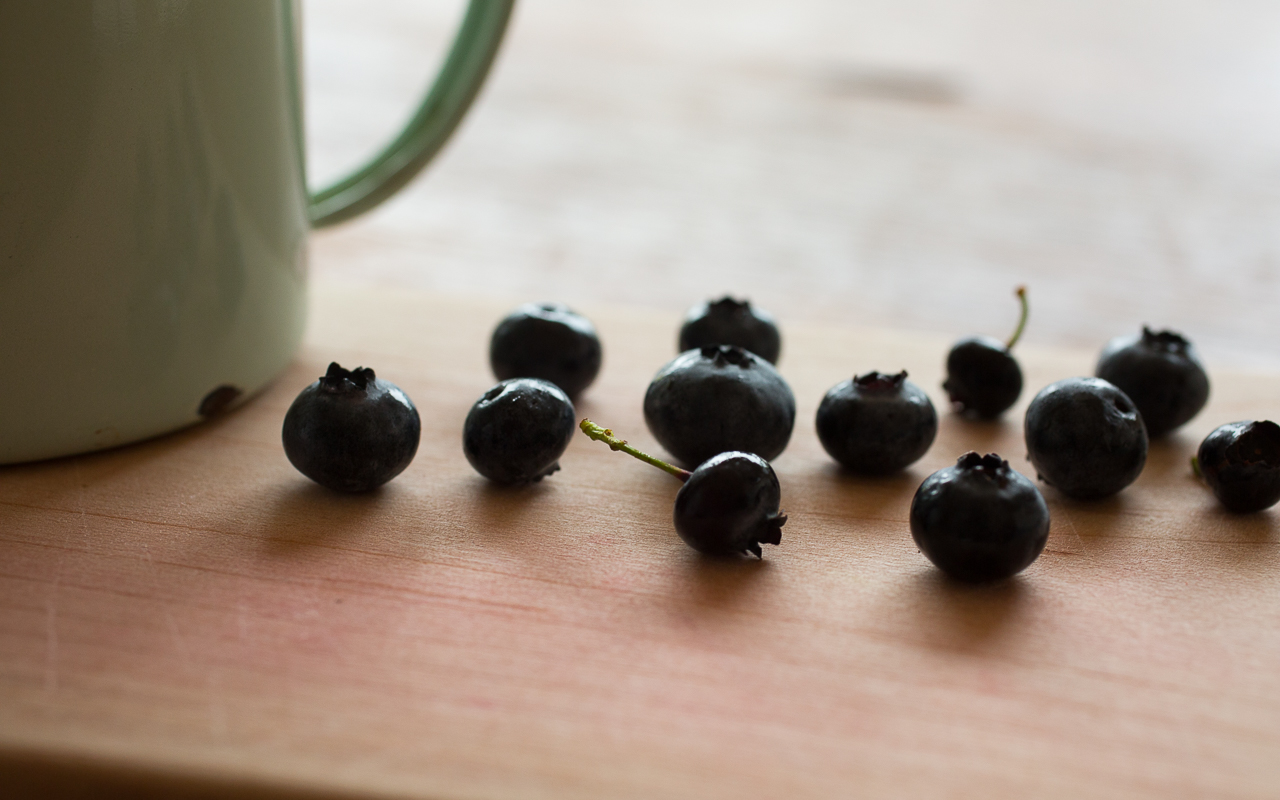 Purple and Blue Fruits & Veggies
Purple and Blue Fruits & Veggies
Increase your intake of antioxidants like anthocyanins by adding purple veggies to your planting list. Anthocyanins help protect against the sun, heal cell damage, and protect against diseases like diabetes, cancer, and cardiovascular diseases.
A Few Purple & Blue Foods to Grow
- Eggplant
- Blackberries
- Blueberries
- Red cabbage
- Plums
- Figs
- Purple carrots
- Purple Basil
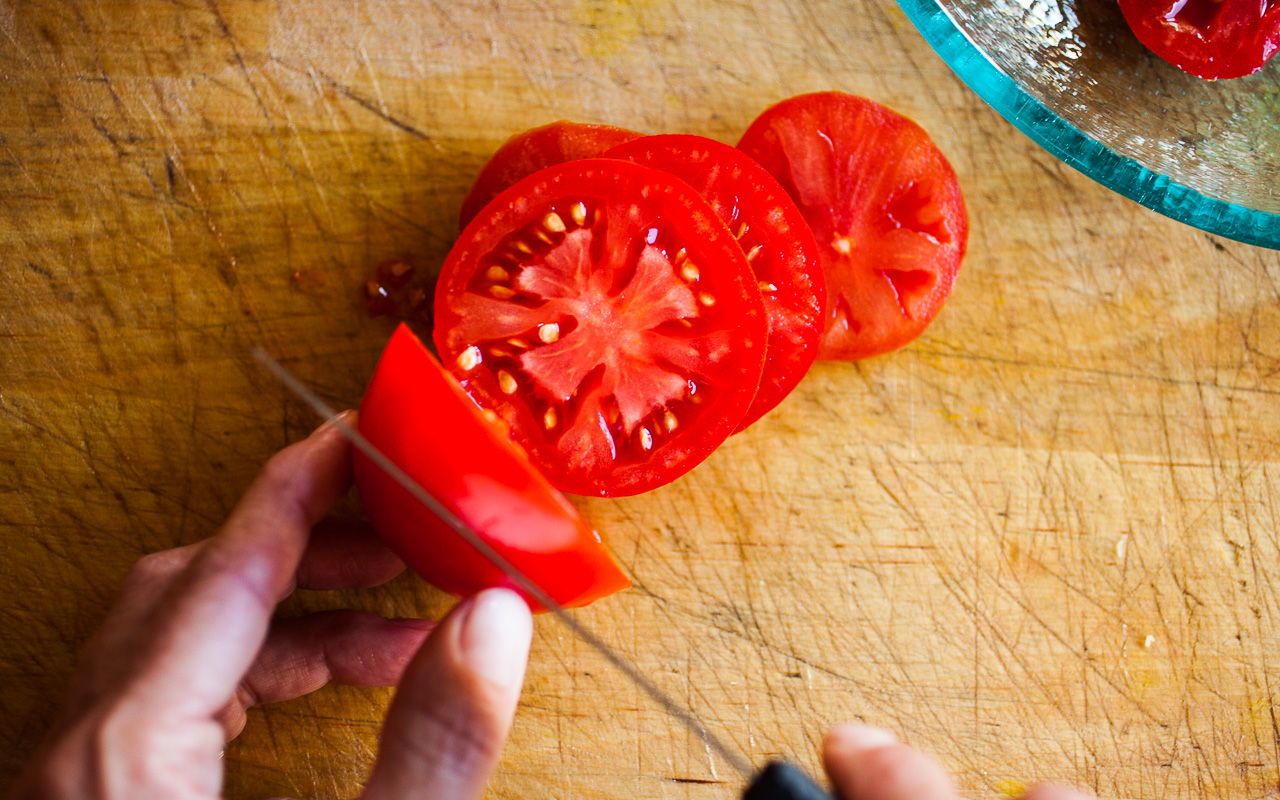 Red Fruits & Veggies
Red Fruits & Veggies
Hidden inside red fruits and veggies are helpful phytochemicals like ellagic acid and lycopene. Both have been shown to help fight cancer. According to the US Library of National Medicine, a daily dose of tomato sauce can help reverse the progression of prostate cancer — wow!
A Few Red Foods to Grow
- Red onion
- Beets
- Raspberries
- Strawberries
- Tomatoes
- Cherries
- Red peppers
- Apples
- Edible Leaf Amaranth
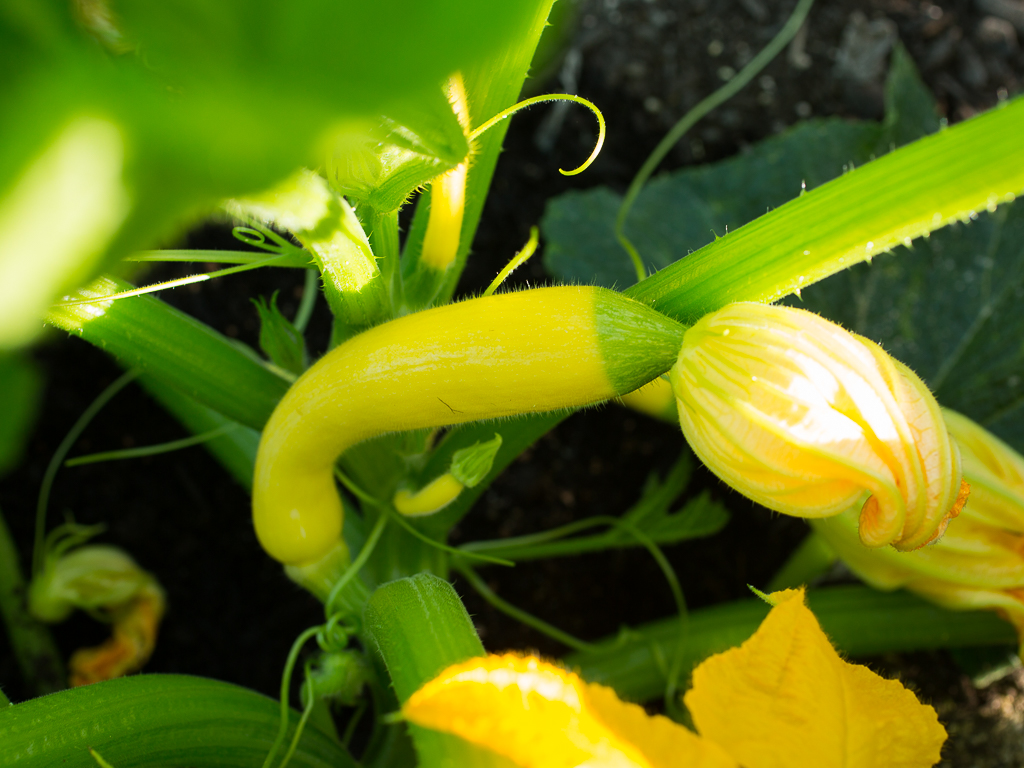 Orange & Yellow Fruits & Veggies
Orange & Yellow Fruits & Veggies
Promote eye health, improve your immune system, reduce your risk of heart disease, and more with yellow fruits and veggies. Amazing, right? Plus, if you’re one of those people who suffer from cold hands, try eating an orange. Citrus fruits — a type of fruit known as a hesperidium — contains a phytonutrient called hesperidin, which helps increase blood flow.
A Few Orange & Yellow Foods to Grow
- Carrots
- Sweet potatoes
- Winter squash
- Golden beets
- Yellow peppers
- Citrus
- Yellow summer squash
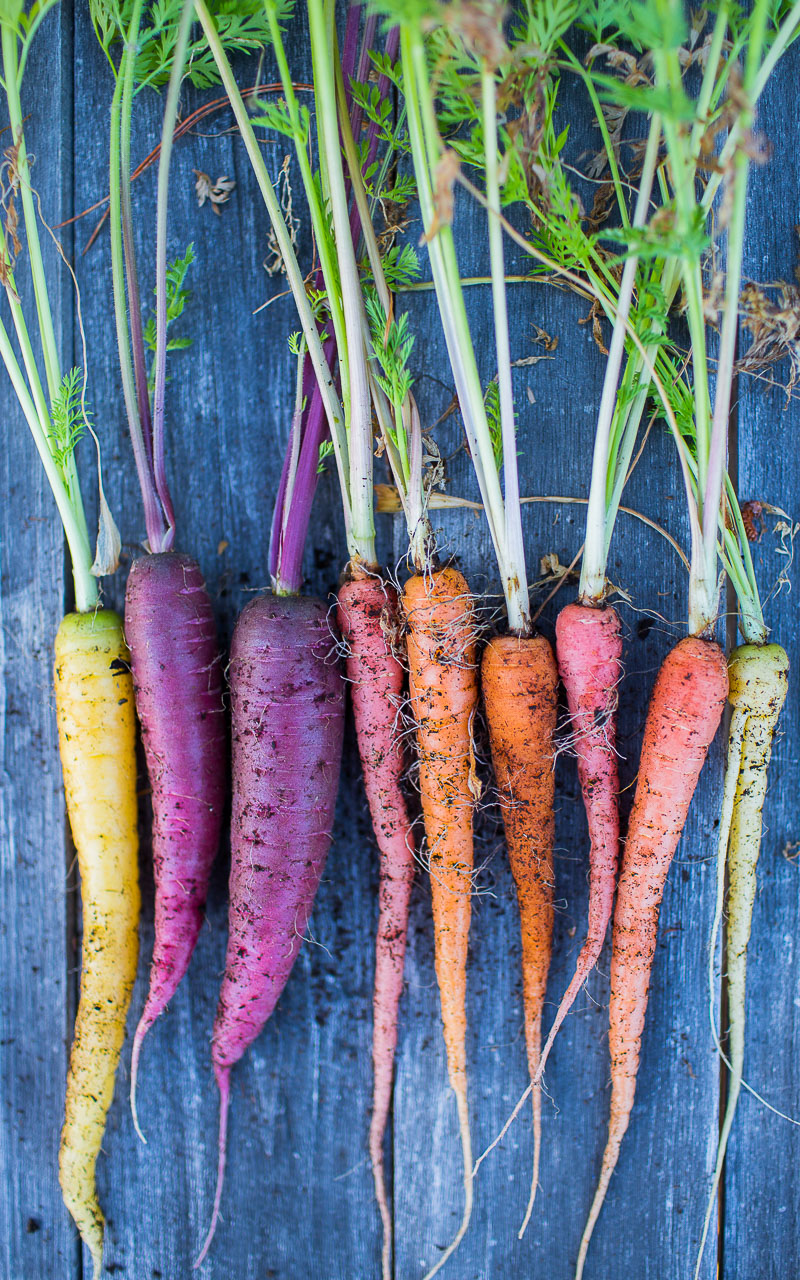
Other articles you might enjoy:
Getting Away Can Make You Happier & Less Stressed
Edible Weeds: Purslane the New, Easy-to-Grow Superfood
*This article was originally posted in April of 2018.
Listen
Buy The Book
Special offers
Newsletter Signup
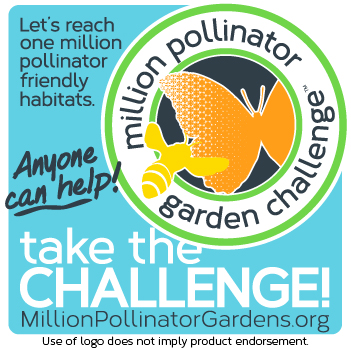
Archives
Disclosure
Pass The Pistil is a participant in the Amazon Services LLC Associates Program and other affiliate programs such as Etsy, affiliate advertising programs designed to provide a means for sites to earn fees by advertising and linking to curated affiliate sites.

